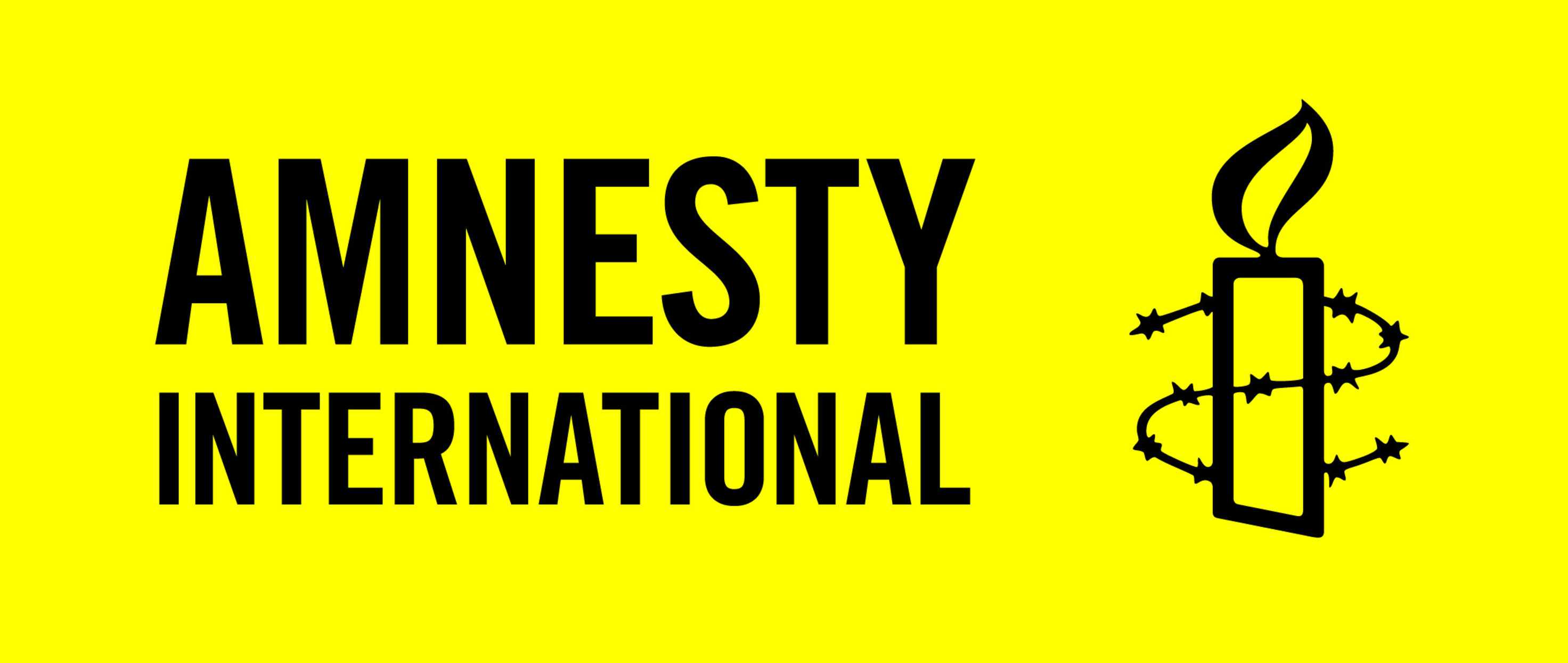Human Rights – a tool for change
This course aims to provide you with a better understanding of the human rights system and empowers you to promote human rights. The course invites you to discover human rights as a tool for change and how to turn yourself into an agent of change. This is an introductory course.
Duration: 15 hours, self-paced (you decide your own schedule)
After the course you will be able to:
- Explain the concept of human rights
- Identify and analyse the rights that are of most concern to you
- Understand and describe complex human rights issues, moving beyond “black-and-white”-answers
- Analyse your surroundings and daily issues through a “human rights lens”
- Identify what you can and want to do to contribute to the promotion of human rights – in your local community and on a global level
- Take action to protect, promote and claim human rights – for yourself and for others – based on an understanding of human right concepts and protection mechanisms
Training material
- Module 1 - Getting Started
- 1.0 Welcome to the Course “All Human Rights For All – An Introduction”!
- Your Security Matters!
- 1.1 Introduce Yourself!
- 1.2 Why do Human Rights Matter to You?
- 1.3 Pre-Course Survey
- 1.4 Guidelines on Certification and Grading
- 1.5 Human Rights Squares
- Module 2 - Understanding Human Rights
- 2.0 Introduction to Module 2
- 2.1 Cards Challenge
- 2.2 What are Human Rights
- 2.3 Where are Human Rights Enshrined?
- 2.4 Which Human Rights Are There?
- 2.5 Human Rights Carousel
- 2.6 Categories of Human Rights
- 2.7 What are Human Rights Principles
- 2.8 Summary of Human Rights Principles
- 2.9 Why are Human Rights Important - What is the Role of Human Rights
- 2.10 The Development of Human Rights
- 2.11 Human Rights Highlights/Failures
- 2.12 Roots of Human Rights and Development of Human Rights in Response to Oppression
- 2.13 1st, 2nd, 3rd Generation of Rights
- 2.14 Human Rights as International Law and International Human Rights Documents
- Module 2: Check What You Have Learned
- Module 3 - Applying Human Rights
- 3.0 Introduction to Module 3
- 3.1 Identification of Rights Holders and Duty Bearers
- 3.2 Human Rights Obligations
- 3.3 Obligation to Respect / Protect / Fulfil Human Rights
- 3.4 Differentiating Human Rights Violations and Crimes
- 3.5 Identifying Human Rights Violations
- 3.6 Mini Quiz on Absolute and Relative Human Rights
- 3.7 Absolute and Relative Human Rights
- 3.8 Absolute and Relative Human Rights (continued)
- 3.9 Human Rights Analysis Tool
- 3.10 Human Rights Analysis Tool
- 3.11 Application of the Human Rights Analysis Tool - Case Study 1
- 3.12 Application of the Human Rights Analysis Tool - Case Study 2
- Module 3: Check What You Have Learned
- Module 4 - Protecting Human Rights
- 4.0 Introduction to Module 4
- 4.1 Protecting Human Rights
- 4.2 Human Rights Instruments
- 4.3 Who Makes Human Rights Laws?
- 4.4 Who Makes International Human Rights Laws?
- 4.5 Who Makes International Human Rights Laws? (Explanation)
- 4.6 Do All Human Rights Treaties Apply to All States?
- 4.7 Do All Human Rights Treaties Apply to All States? (Explanation)
- 4.8 Why Should States Sign and Ratify Human Rights Treaties?
- 4.9 Why Should States Sign and Ratify Human Rights Treaties? (Explanation)
- 4.10 Which Human Rights Document Currently Has Most Ratifications?
- 4.11 Which Human Rights Document Currently Has Most Ratifications? (Explanation)
- 4.12 At the Regional Level
- 4.13 At the Regional Level (Explanation)
- 4.14 Legally Non-Binding Documents
- 4.15 Legally Non-Binding Documents (Explanation)
- 4.16 National Level
- 4.17 National Level (Explanation)
- 4.18 Human Rights Mechanisms (Implementation & Enforcement Mechanisms)
- 4.19 International and Regional Levels
- 4.20 International and Regional Levels (Explanation)
- 4.21 Tools
- 4.22 Human Rights Mechanisms
- 4.23 Jigsaw Human Rights Protection Mechanisms at the International and Regional Level
- 4.24 “How Can Human Rights Be Defended In Practice?”
- 4.25 Summary of Key Points
- Module 4: Check What You Have Learned
- Module 5 - Protecting Human Rights - The Role of NGOs and Individuals
- 5.0 Introduction to Module 5
- 5.1 Introduction
- 5.2 Feeling better about 2016
- 5.3 Individuals as Human Rights Defenders
- 5.4 NGOs as Human Rights Defenders
- 5.5 NGOs as Engines of Human Rights Protection
- 5.6 Typical Activities of NGOs
- 5.7 How to Take Action
- 5.8 Activity Market
- 5.9 Choose Your Activities
- 5.10 Congratulations
- Post-Course Survey






